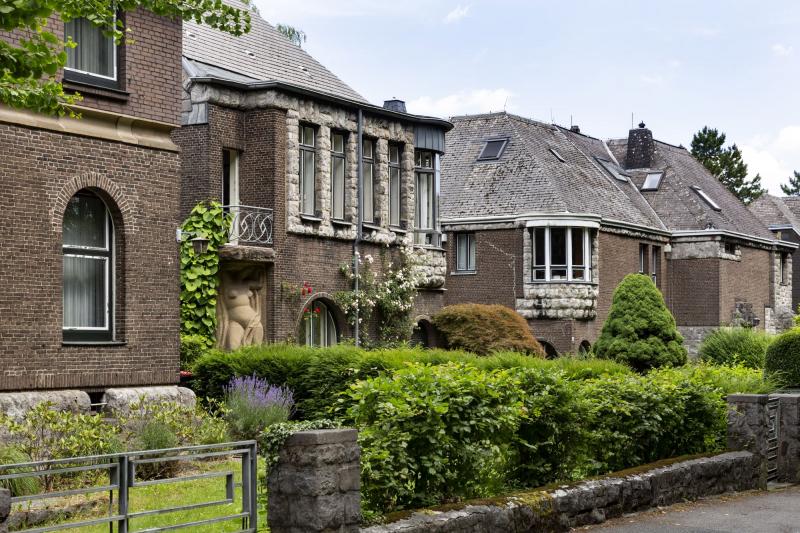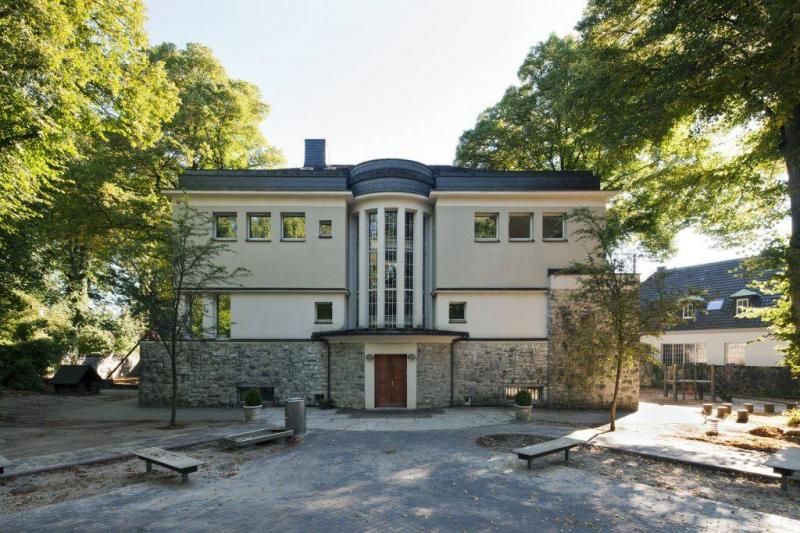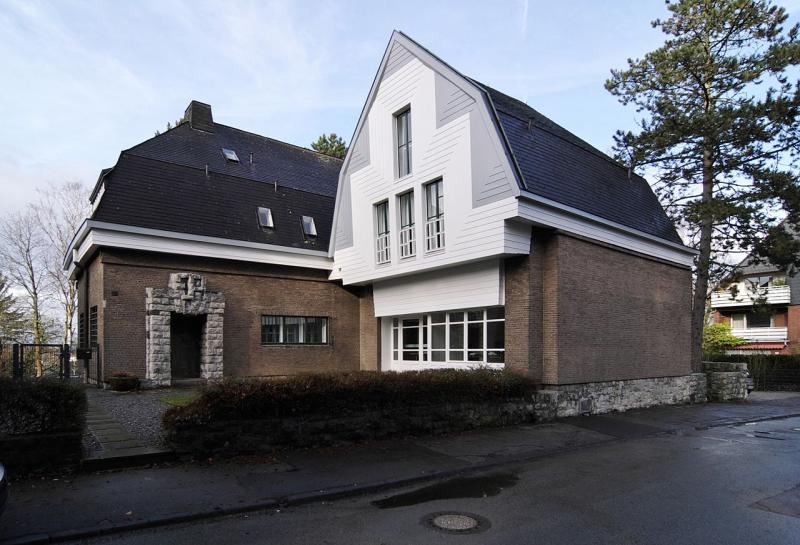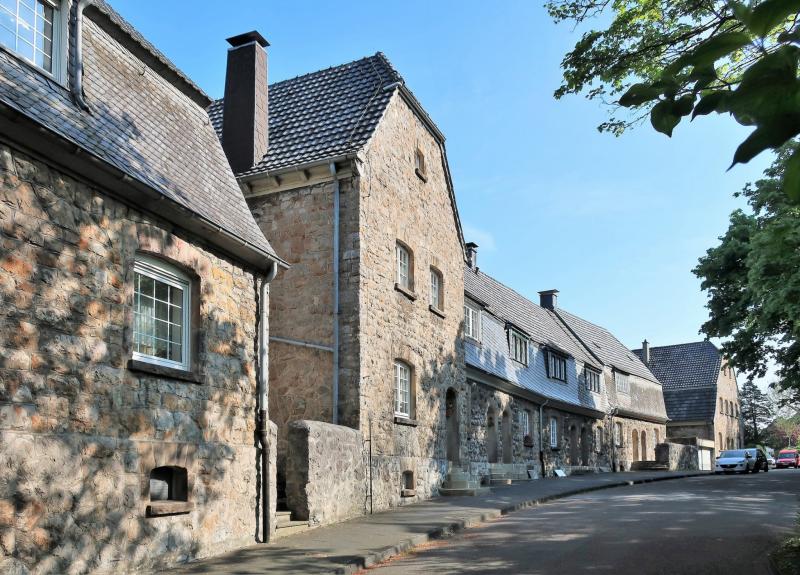Am Stirnband 10, 58093 Hagen
Icon legend
![]() This icon indicates an awarded building
This icon indicates an awarded building
![]() This icon indicates a listed building
This icon indicates a listed building
![]() Projects with this logo are on the UNESCO World Cultural Heritage list
Projects with this logo are on the UNESCO World Cultural Heritage list
![]() Project has been converted, renovated or extended
Project has been converted, renovated or extended
x close
![]()
1908
Advanced search with more criteria
Total projects: 483

58093 Hagen
Distance: 0.21 km

58093 Hagen
Distance: 0.22 km

58093 Hagen
Distance: 0.22 km

58093 Hagen
Distance: 1.37 km
The Hohenhof is an important historical building in European terms, too. It was built from 1906 to 1908 by Henry van de Velde for the Osthaus family to live in.
It is deemed one of the very few extant art nouveau Gesamtkunstwerke. Karl Ernst Osthaus had planned it as a centre of the artists’ colony Hohenhagen, which, however, wasn’t fully realised. The Hohenhof was planned as the “crown” upon a terraced slope. Its ground plan is shaped like a
double hook. The material was quite in line with the regional tradition: The black and blue stones from a nearby quarry match the black Niedermendig basalt lava and rather bluish Mosel slate, combined with
white and green for the doors and window. Only the eastern, the slope facade has symmetrical axes, while the entrance and garden side reflect the irregular arrangement of the rooms inside. Van de Velde’s interior is all of a piece: Furniture, wall decorations and floor coverings, lamps and materials, cutlery and crockery were designed in accordance with his own sketches as agreed with Osthaus. The main rooms were decorated with various works of art, around which the furniture etc. was arranged in matching colours. Since the beginning of the 1980s, the rooms have been reconstructed and the art nouveau furniture re-compiled. Door openings have been re-opened, stucco ornaments uncovered and the wall coverings re-hung. The original furniture has been re-acquired or taken out of the storage cellar, a few missing items like sofas had to be replicated. The interior’s reconstruction is very detailed, up to the right door handle. Included as one of the main stops on the “Route der Industriekultur”, the expansion into the “Museum des Hagener Impulses" entailed a number of additional exhibition rooms, also for temporary exhibitions.
More at route-industriekultur.de
Author: Route Industriekultur/ editorial Baukunst NRW
Text last changed on 04.07.2024
Categories:
Architecture » Public Buildings » Cultural (cinemas, theatres, museums)
Architecture » Residential buildings » Single and Duplex Houses